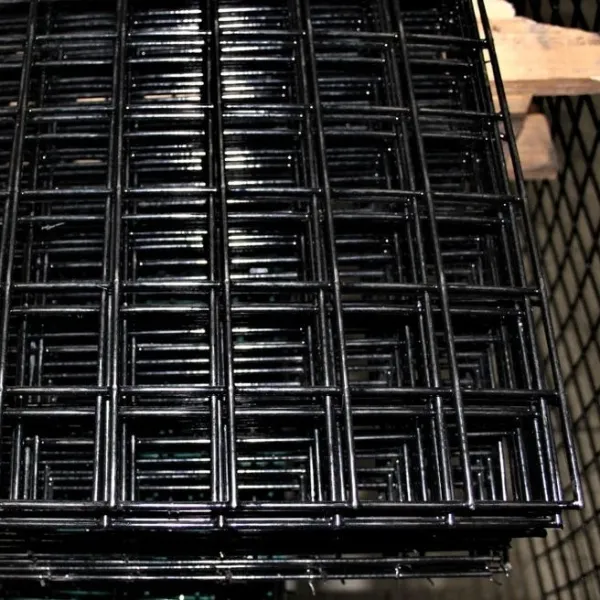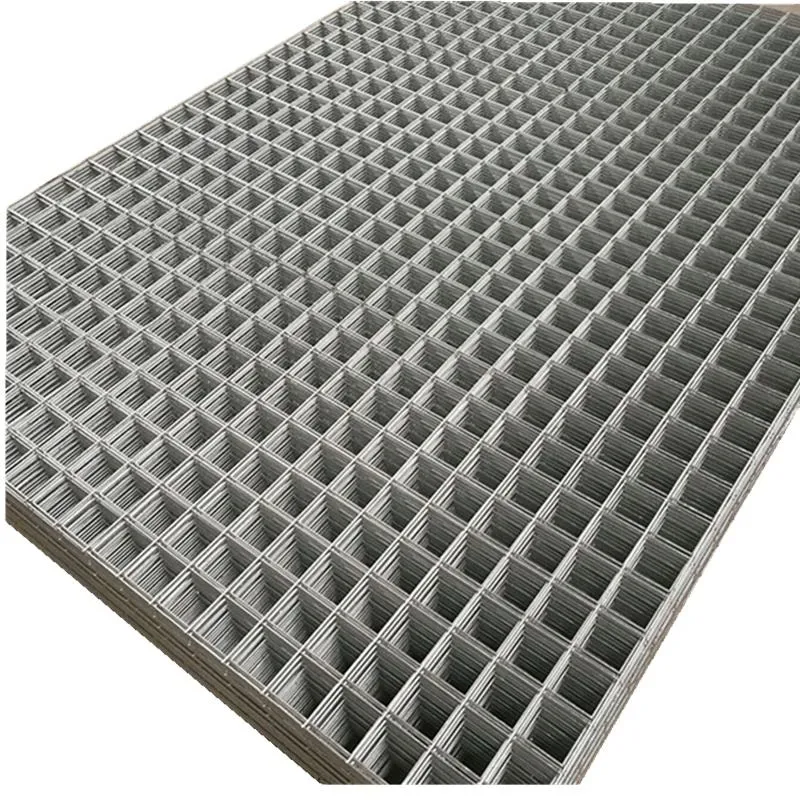When considering the investment in a wire mesh fence, understanding the dynamics of its pricing is crucial. Wire mesh fencing has gained popularity across various sectors, including residential, industrial, and agricultural, due to its functionality and aesthetic appeal. The crux of finding the right wire mesh fence lies in examining the factors that influence its cost, ensuring that what you pay aligns with the attributes of quality, durability, and purpose-driven adaptability.

First and foremost, the material composition of a wire mesh fence significantly impacts its price. Common materials include galvanized steel, stainless steel, and PVC-coated wires. Each of these materials offers distinct advantages, with galvanized steel being cost-effective and corrosion-resistant; stainless steel provides superior strength and longevity; and PVC-coated options enhance aesthetic value while offering additional protection from environmental elements. Adequately assessing the suitability of each material for your specific needs will ensure a balance between cost-effectiveness and long-term value.
Mesh design also plays a pivotal role in determining price. The mesh size and wire diameter are crucial specifications that dictate not only the strength and security of the fence but also its cost. Larger mesh sizes with thicker wires are typically more expensive due to the increased amount of material used. It's imperative to consider the purpose of the fence for example, a smaller mesh and heavier gauge might be necessary for security purposes, whereas larger mesh sizes might suffice for agricultural fencing.

Installation costs further add to the overall expense of wire mesh fencing. Professional installation guarantees precision and durability, often commanding higher prices. DIY enthusiasts might opt to install their fencing, thus reducing labor costs, but should be aware of the challenges, such as ensuring accurate measurements and maintaining structural integrity. Weighing professional installation against DIY projects involves considering the complexity of the terrain, the need for specialty tools, and the value of your time.
Moreover,
geographic location can influence wire mesh fence pricing. Local material availability, labor costs, and demand fluctuate regionally, affecting overall expenses. Researching local suppliers and installers can provide insight into reasonable pricing and potential negotiation points. Comparing quotes from multiple vendors ensures competitive pricing and the best value for your investment.
wire mesh fence price
Lifecycle costs also deserve attention. Considering the long-term maintenance and potential need for repairs can alter the perspective on initial expenses. A higher upfront cost for a more durable material like stainless steel might reduce ongoing maintenance expenses, offering a cost-effective long-term solution.
Environmental conditions also warrant consideration; in areas prone to harsh weather conditions, an investment in more durable materials could be economically beneficial in the long haul. Corrosion resistance, especially in humid or coastal areas, should not be overlooked when assessing initial costs and long-term benefits.
Lastly, customization options can augment both the functionality and cost of a wire mesh fence. Custom heights, colors, and additional features like barbed wire or privacy inserts can tailor the fence to specific needs but can increase costs. Evaluating the necessity of such features against their potential benefits is essential for budget-conscious decisions.
In conclusion, the ‘wire mesh fence price’ encompasses more than just the initial purchase; it reflects a composite of factors including material choice, design specifications, installation, geographic location, and long-term maintenance considerations. By understanding and weighing these elements thoroughly, buyers can make informed, strategic decisions that align with their financial environments and fencing objectives. A deliberate approach ensures not only cost savings but also enhanced satisfaction with the finished product, safeguarding your investment in both utility and peace of mind.
























